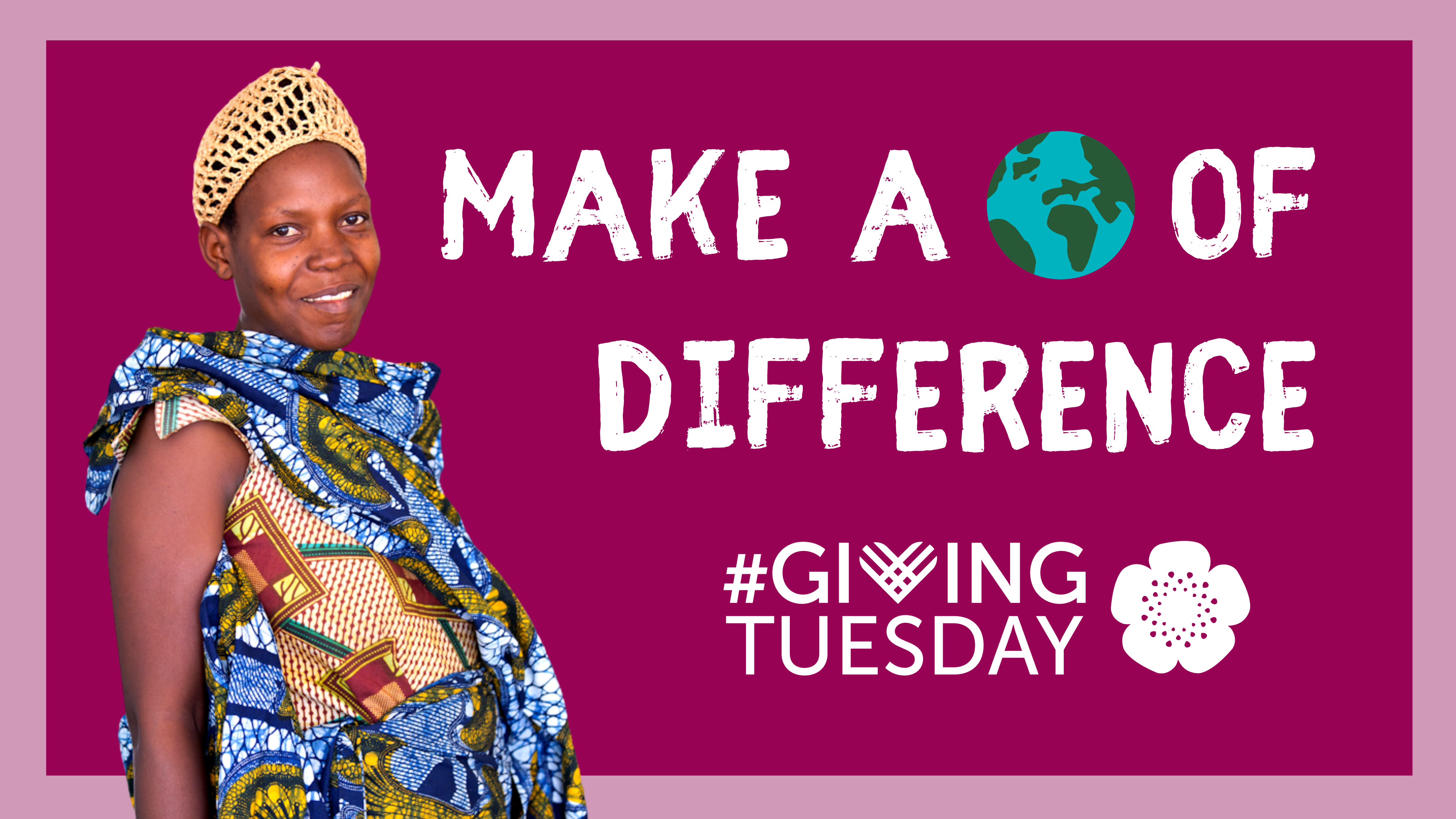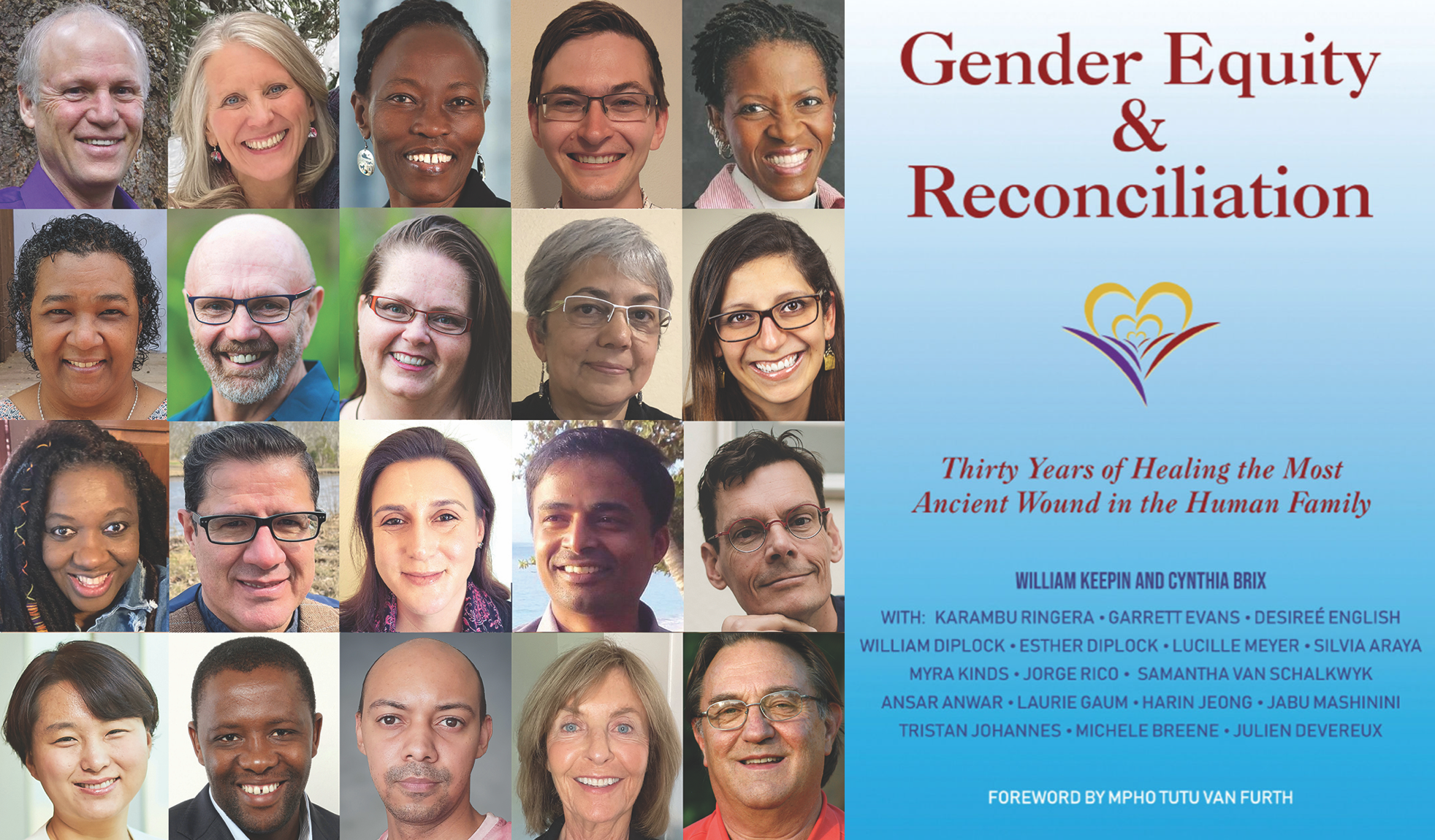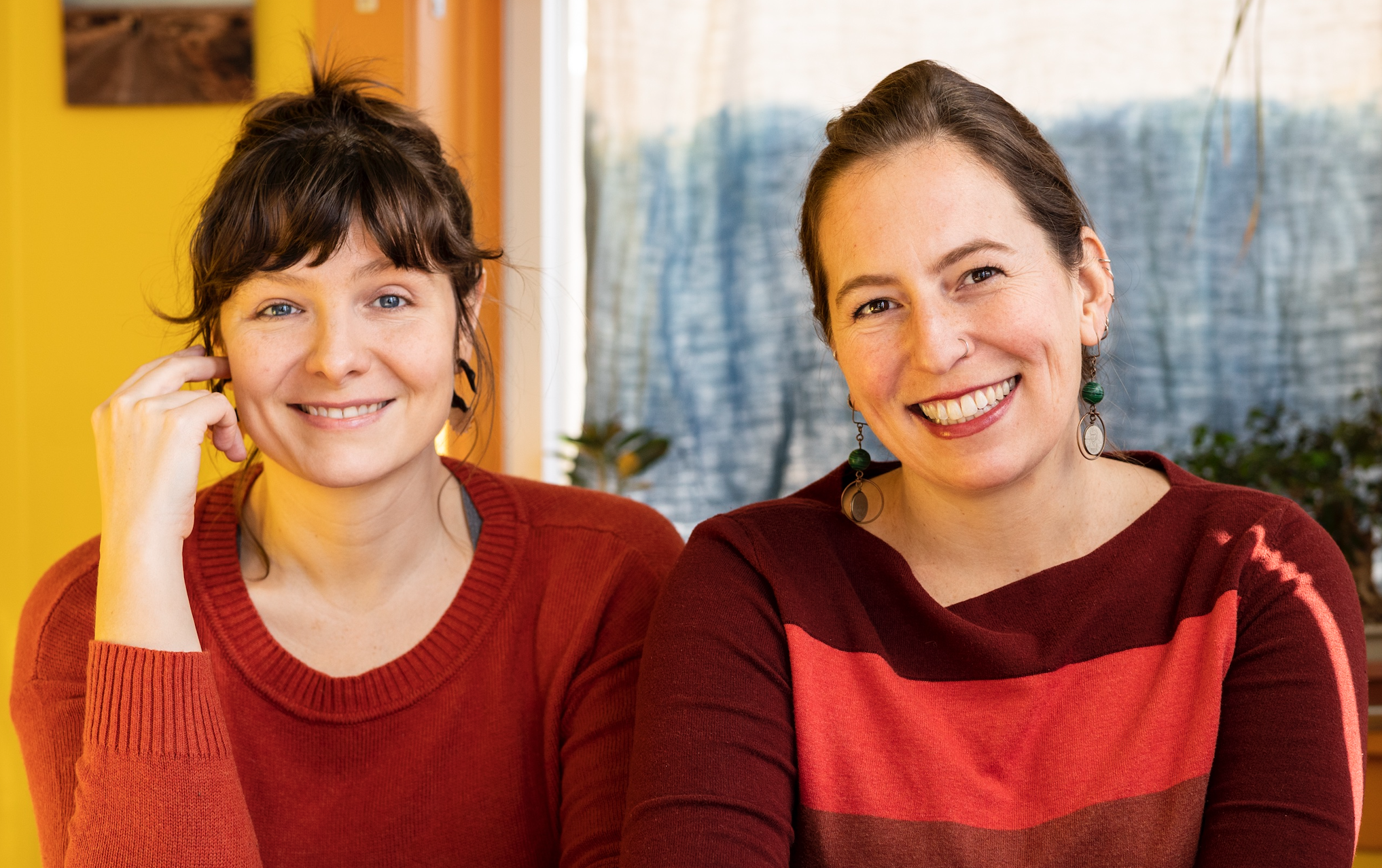
Climate change and issues concerning the global environment are easily the most urgent of our time, and there has been no demographic more prominent in this fight than youth. While politicians continue to deliberate over policy, and in some cases whether climate change is even a threat (clue: it is!), activists like Greta Thunberg has started a worldwide movement among students to march and protest demanding action from leaders. Youth-led organizations like Zero Hour here in the United States are energizing their fellow students to tap into their power in creating change by taking to the streets, the courts and capitol buildings around the US.
And while Greta Thunberg makes her way to NYC & Santiago, Chile for the UN Climate Summits via a high tech-yacht instead of a plane (putting her money where her mouth is), there is another major event happening that will also look into ways to engage youth and other organizations and activists into playing their part for a sustainable environment and future.
August 24th, 2019 marks the start of an important annual event for the UN, making history this year. For the first time in 68 years, the UN Civil Society annual conference will not be held in New York City and instead take place in Salt Lake City, Utah. Using this year’s conference to tackle one of the 17 Sustainable Development Goals, the focus this year is on SDG 11 – Sustainable Cities and Communities, which states “Sustainable development is development that meets the needs of the present without compromising the ability of future generations to meet their own needs.” (UN World Commission on Environment and Development).

What makes this conference especially exciting is the number of young participants, showing just how much the future generations care about ensuring the planet they inhabit is livable. Youth (under the age of 33 years old) are half of the registered participants, and they will have their own “youth hub” and activities that include tree planting, and their own outcome document.
Along with the strong youth contingent is the additional emphasis on how climate change disproportionately impacts women and girls, especially low-income females, globally. Gender equality is a core component of what the UN hopes to discuss and create initiatives around.
Climate is not gender neutral, and the UN has been saying this for a long time. More than 11 years ago this was part of the two week annual gathering focused specifically on women at UN Headquarters.
“Women form a disproportionately large share of the poor in countries all over the world. Women in rural areas in developing countries are highly dependent on local natural resources for their livelihood, because of their responsibility to secure water, food and energy for cooking and heating. The effects of climate change, including drought, uncertain rainfall and deforestation, make it harder to secure these resources. By comparison with men in poor countries, women face historical disadvantages, which include limited access to decision-making and economic assets that compound the challenges of climate change,” as outlined by the 52nd session of the Commission on the Status of Women UN, 2008.

This is not a new observation, and the urgency is exponentially increasing. Diversity and inclusion are a part of every meeting that the CoChairs of the planning committee discuss on a weekly basis. Being the United Nations helps with automatically bringing this lens but geographically local WOC are scarce in Utah given that 89% of the overall population is white. Every effort is being made to bring diversity to Utah, even given the challenges in this Administration in obtaining visas.
While the conference this year is on sustainability, the UN is encouraging everyone to get involved by looking at their 17 goals and choosing which one matters most to them. With so much intersectionality in nearly every issue outlined, we’re constantly looking at the topic of climate change through the lens of gender equality as this knowledge is what is going to lead to better policy-making outcomes.
If you aren’t sure, statistics may help you take your attention to one in particular.
40% of the food in the United States is wasted. Does this bother you? If so, #2 may draw your focus (Zero Hunger).
What about the impact of the changing climate on land, our weather patterns and even entire communities around the world? #13 & #15 may be the tiles you gravitate to (Climate Action and Life on Land).
More facts via UN Women:
- Globally, 750 million women and girls were married before the age of 18 and at least 200 million women and girls in 30 countries have undergone FGM.
- The rates of girls between 15-19 who are subjected to FGM (female genital mutilation) in the 30 countries where the practice is concentrated have dropped from 1 in 2 girls in 2000 to 1 in 3 girls by 2017.
- In 18 countries, husbands can legally prevent their wives from working; in 39 countries, daughters and sons do not have equal inheritance rights; and 49 countries lack laws protecting women from domestic violence.
- Globally, women are just 13 per cent of agricultural land holders.
- Women in Northern Africa hold less than one in five paid jobs in the non-agricultural sector. The proportion of women in paid employment outside the agriculture sector has increased from 35 per cent in 1990 to 41 per cent in 2015.
- More than 100 countries have taken action to track budget allocations for gender equality.
- In Southern Asia, a girl’s risk of marrying in childhood has dropped by over 40% since 2000.
For now we are excited to see the impact the next generation of leaders will make in our world. Youth co-chairs of the Civil Society Ali Mustafa and Madison Denkers said in a press release: “We are carving out a dedicated space within the conference for youth-led conversations, and as equal partners are contributing to every aspect of planning and the broader outcome document. We want not only to be visible as part of the legacy of this conference but also to inform the broader conversation on behalf of youth around the world who will inherit this earth.”
To learn more about the 68th annual conference and how you can be involved in the Sustainable Development Goals, click here.

















One thought on “United Nations Steps Up Its Fight For The Environment By Engaging Majority Youth Around This Issue”